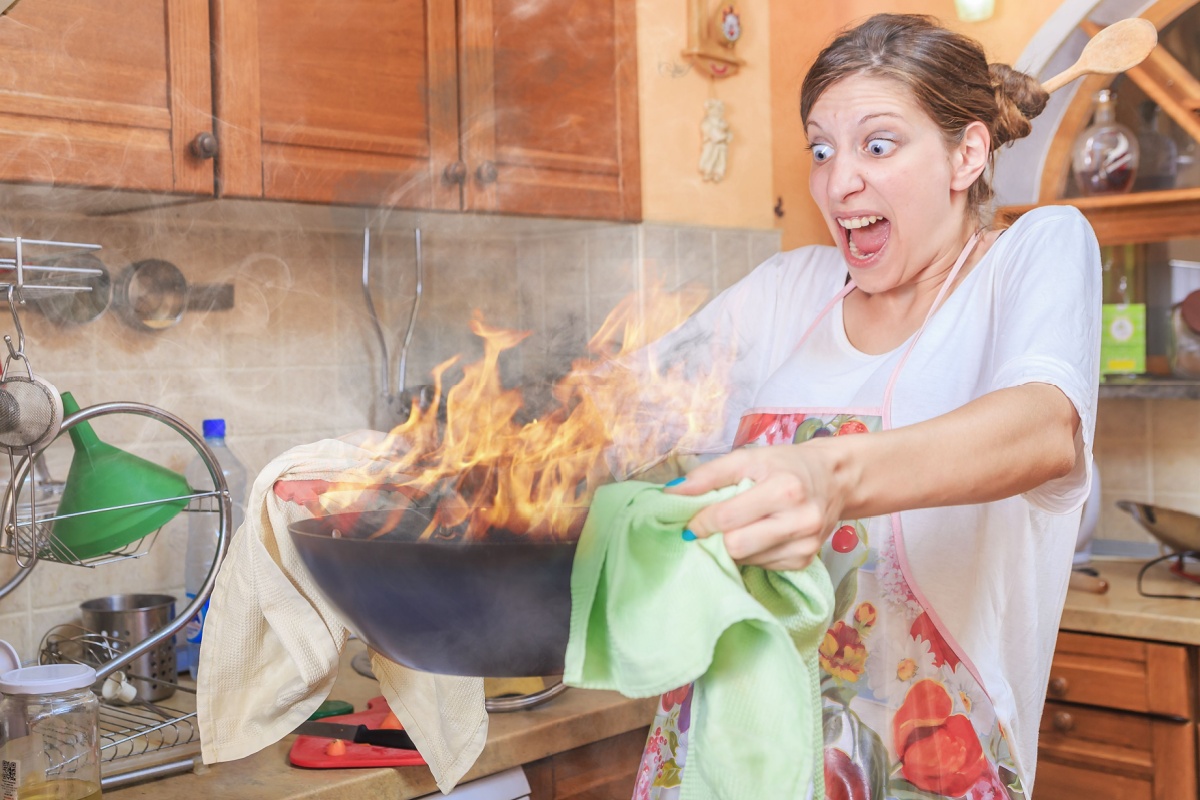15 Cooking Myths You Probably Believe (And Why They’re Wrong)
Cooking is a skill many of us pick up through family traditions, cooking shows, or online recipes. Along the way, we often learn certain “rules” that seem like common knowledge. But not everything you hear in the kitchen is true!
In fact, some of the advice you’ve been following could be making your meals worse. Here are several common cooking myths and why you should stop believing them.
Salt Makes Water Boil Faster
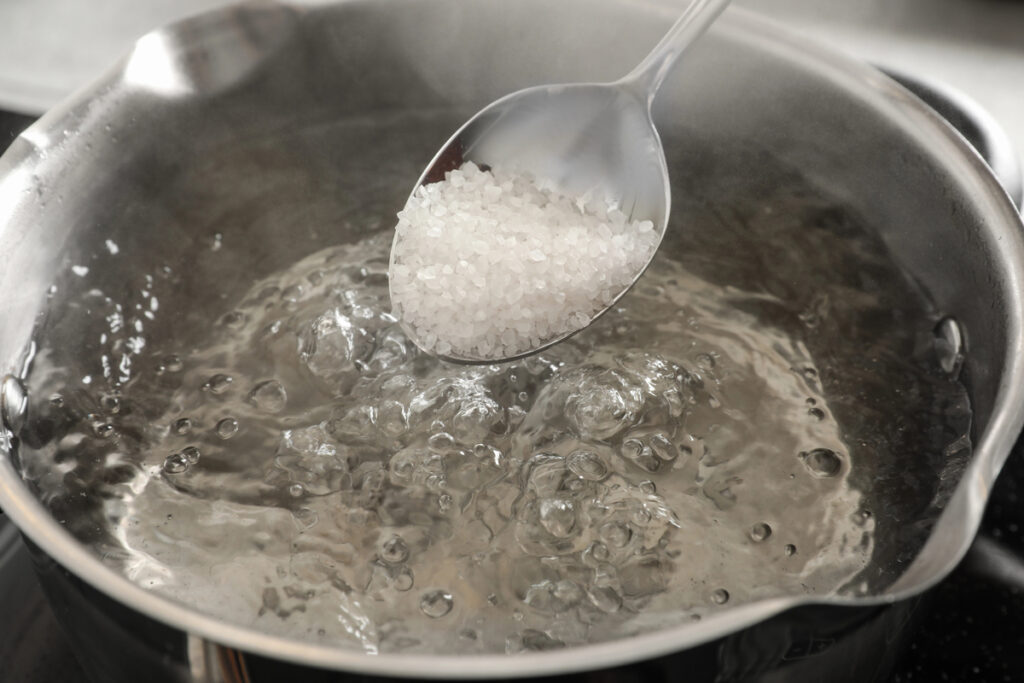
It’s a common belief that adding salt to water helps it boil quicker. While salt raises water’s boiling point, the difference is so tiny that it doesn’t save time. Instead of speeding up your cooking, adding salt gives the water more flavor. If you want to make pasta taste better, adding salt is great—but don’t expect it to save any time. Focus on using plenty of water and letting it boil fully before adding your food for the best results.
You Need to Flip Your Food Constantly
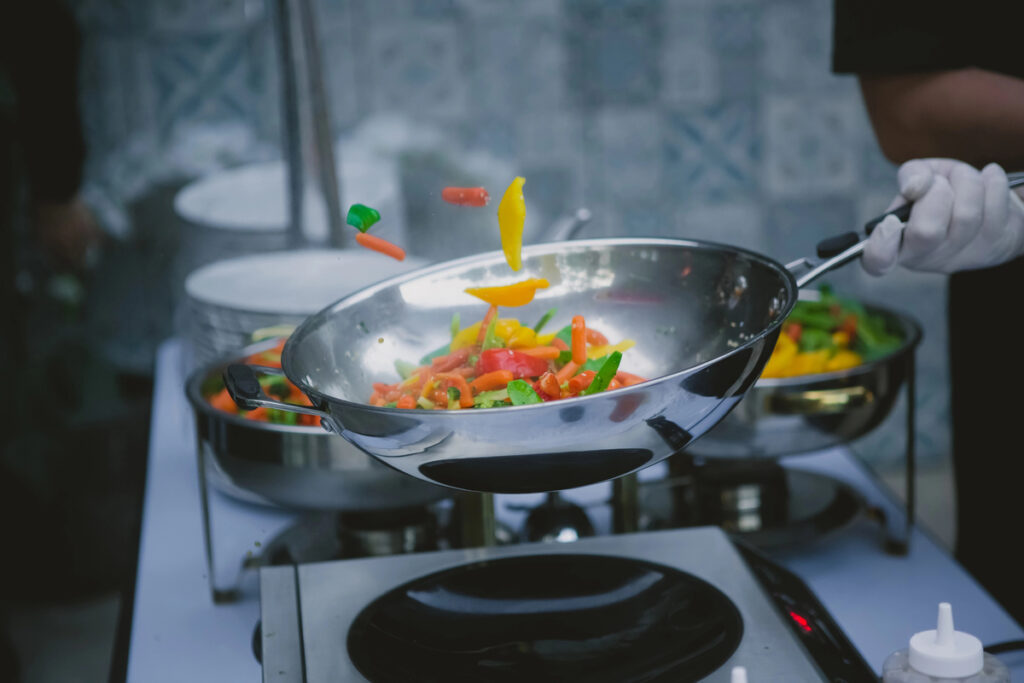
Many people believe that flipping their food, whether it’s meat or veggies, will make it cook evenly. However, constant flipping can prevent a good sear and make your food take longer to cook. It’s better to leave the food alone and flip it only once halfway through.
This gives your ingredients the chance to develop a flavorful crust. If you’re worried about burning, just keep the heat under control instead of flipping too much.
Rinsing Pasta Removes Extra Starch
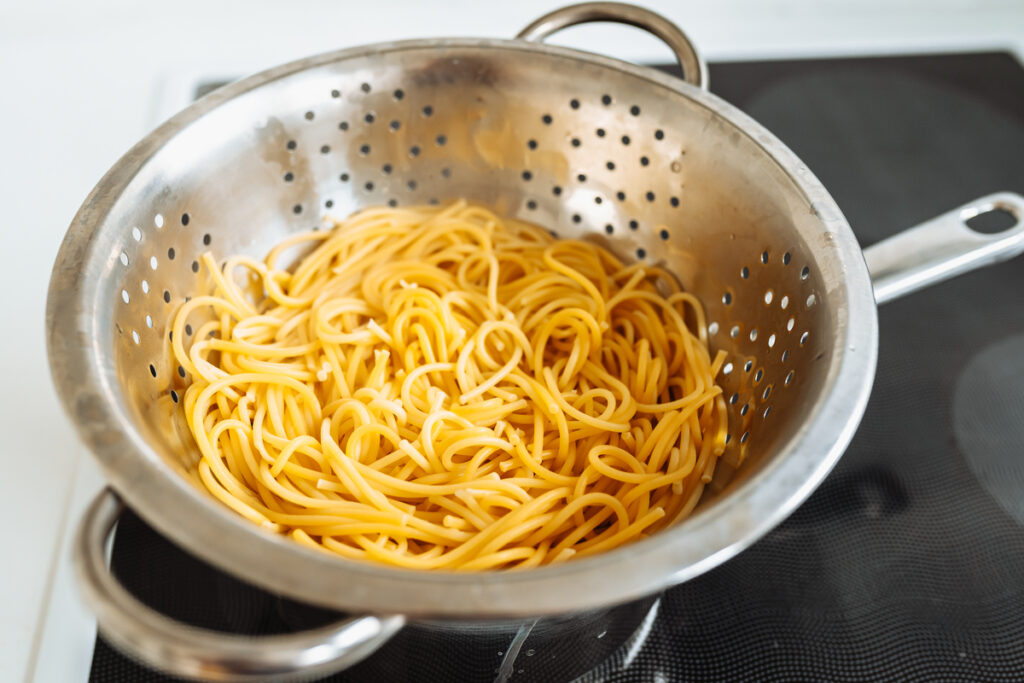
After boiling pasta, some cooks rinse it under cold water to “get rid of the starch.” In reality, rinsing pasta washes away the starch that helps sauces stick. By rinsing, you’re making it harder for your sauce to coat the pasta properly. Unless you’re making a cold pasta salad, there’s no need to rinse. Instead, toss your pasta straight into your sauce while it’s still warm for the best texture.
You Can Only Cook Steak at High Heat
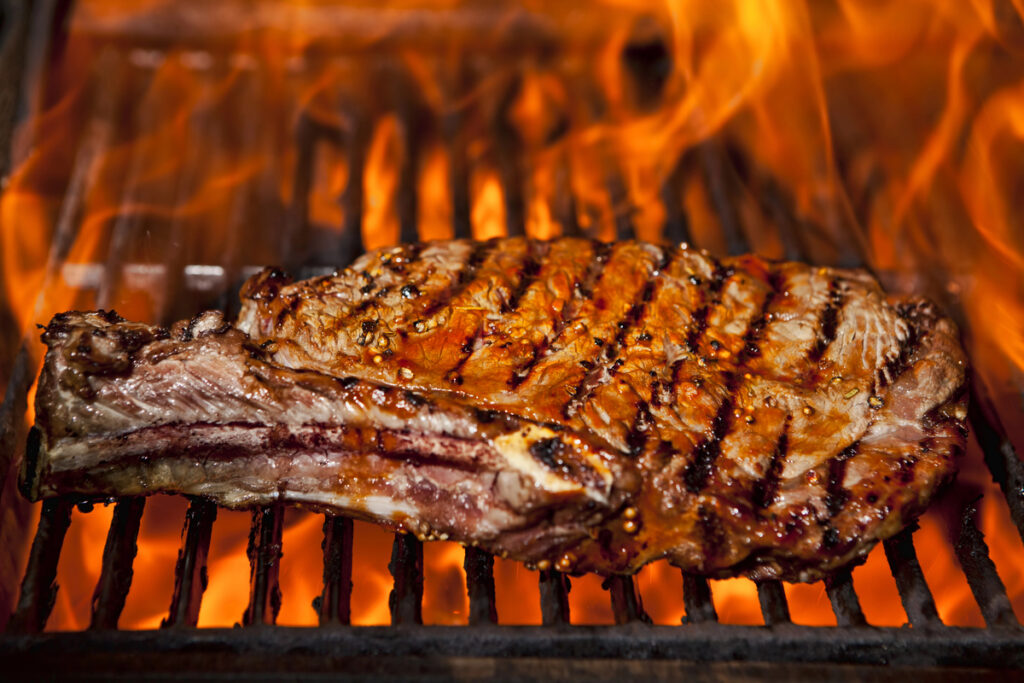
Many people think that searing a steak at high heat is the only way to get a juicy, well-cooked piece of meat. But cooking steak at a lower temperature can help retain moisture and prevent overcooking. A slow cook or reverse sear method (starting with low heat, then finishing with a high heat sear) can give you a tender, flavorful steak. You don’t always need blazing heat to make your meat delicious. Experiment with lower temperatures and see how it improves your meals.
Alcohol Burns Off Completely When Cooking
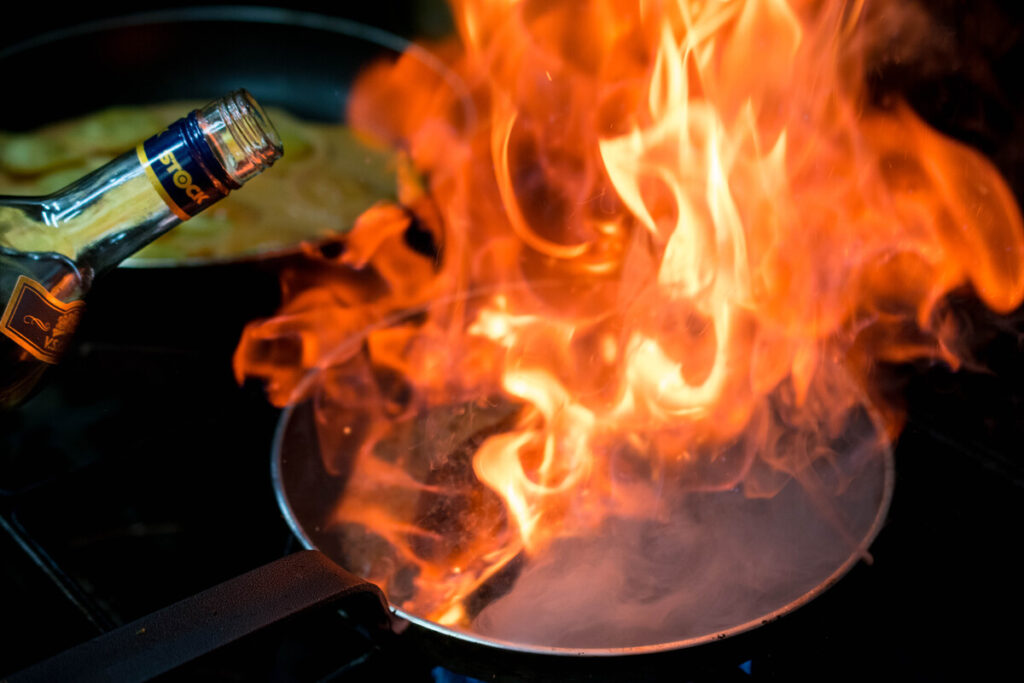
It’s often said that alcohol burns off entirely when you cook with it, leaving behind just the flavor. While heat does reduce the alcohol content, some of it remains even after cooking. This means that dishes made with wine or spirits can still have small amounts of alcohol in them. If you’re cooking for people who avoid alcohol, this is important to keep in mind. Consider reducing the amount of alcohol in recipes or using substitutes if needed.
Marinating Meat for Hours Makes It Better
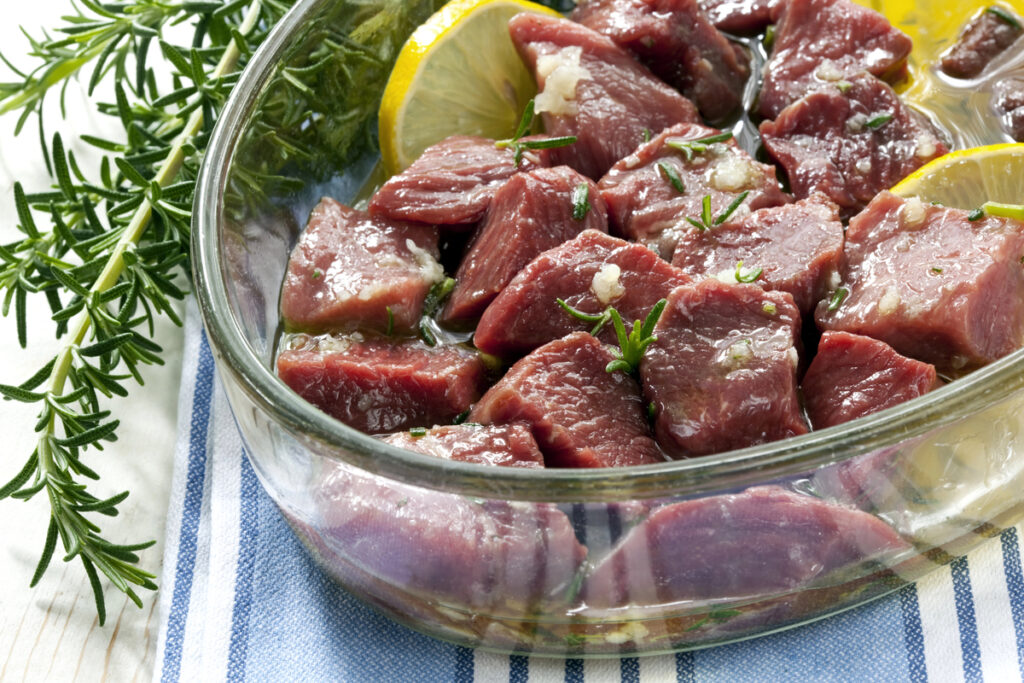
A lot of people think that the longer you marinate meat, the more flavorful and tender it will be. But too much marinating can make the texture of the meat mushy and unpleasant. Most marinades only penetrate the surface, so after a few hours, extra time doesn’t make a big difference. Instead, focus on using the right ingredients in your marinade and cooking the meat properly. A couple of hours is often enough to get great flavor.
Only Fresh Herbs Add Flavor
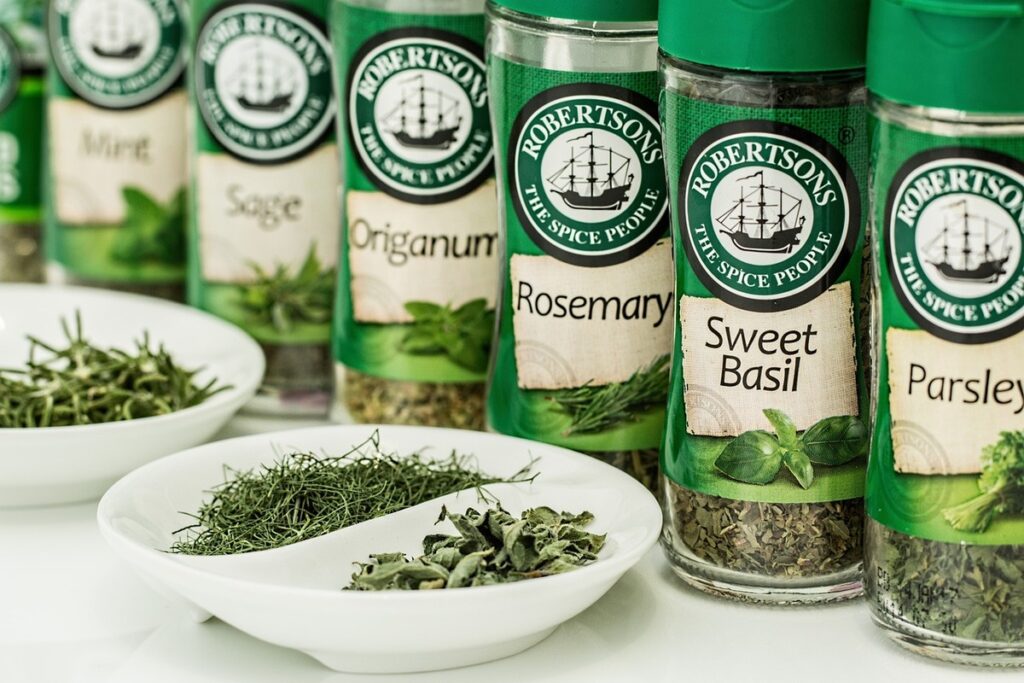
Fresh herbs are often praised for their bright flavors, but dried herbs can also add a lot of taste to your dishes. Some herbs, like oregano or rosemary, can taste more concentrated when dried.
Don’t shy away from using dried herbs, especially in slow-cooked dishes where the flavors have time to develop. Remember to use a little fewer dried herbs than fresh ones since they’re stronger. Both fresh and dried herbs have their place in the kitchen.
Meat Should Not Be Cooked Until It Is At Room Temperature
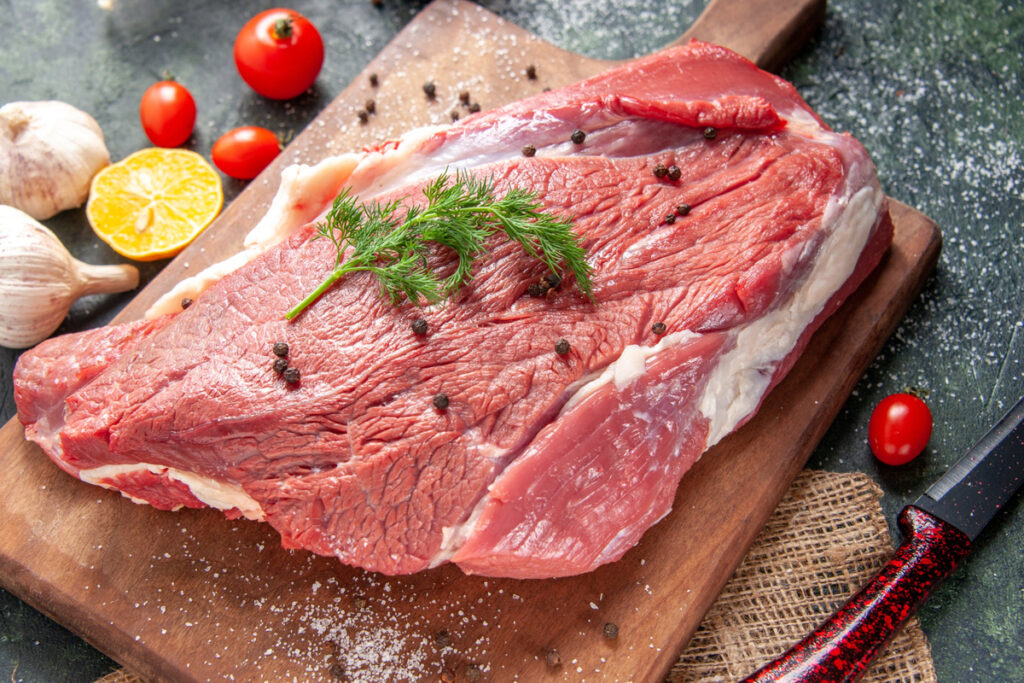
Many people think you should bring meat to room temperature before cooking it to ensure even results. While it’s true that cold meat straight from the fridge can cook unevenly, waiting too long isn’t necessary. It’s safe and fine to cook meat directly from the fridge as long as you adjust the cooking time slightly. Worry more about cooking your meat to the correct internal temperature and less about how long it sits out before cooking.
Searing Meat Seals in the Juices
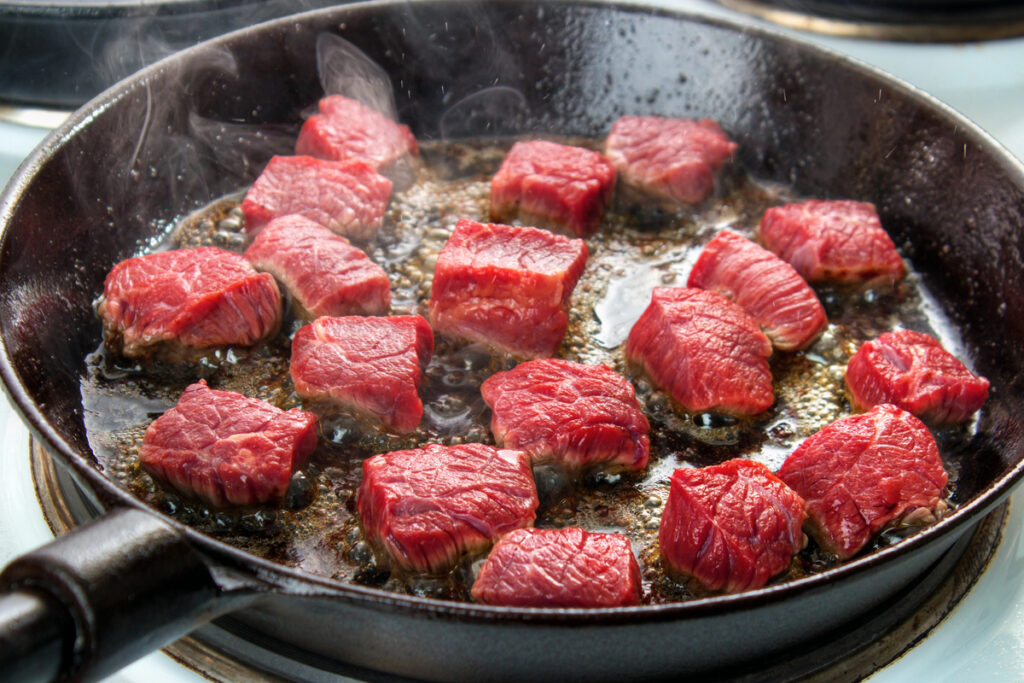
Searing meat is often thought to “lock in” juices, keeping the inside tender and moist. But searing doesn’t seal anything—it’s simply a way to add flavor through browning. Juices will still escape during cooking, no matter how well you sear your meat. The key to juicy meat is cooking it to the right temperature and letting it rest before slicing. Searing is a great way to build flavor, but it won’t prevent dryness.
You Can Tell If Pasta Is Ready by Throwing It at the Wall
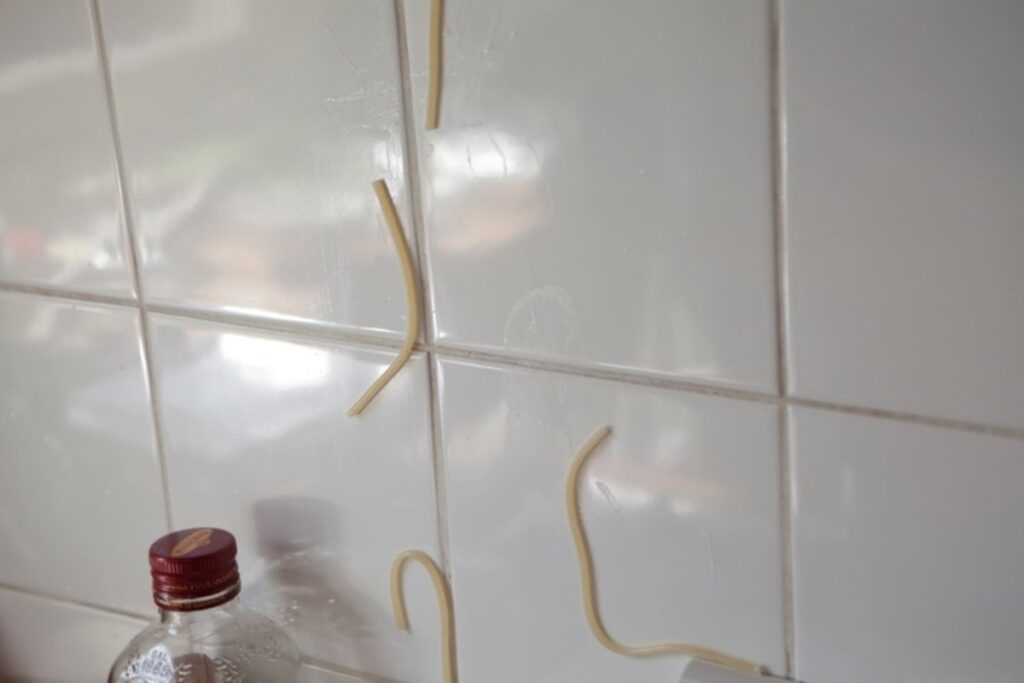
The old trick of throwing pasta against the wall to see if it sticks has been around for a long time. But whether pasta sticks or not has more to do with how starchy the water is, rather than if it’s cooked properly. The best way to tell if pasta is done is simply to taste it. Look for that perfect “al dente” texture, which means the pasta is cooked but still firm. Trust your taste buds, not your kitchen walls.
Microwaves Zap the Nutrients Out of Food
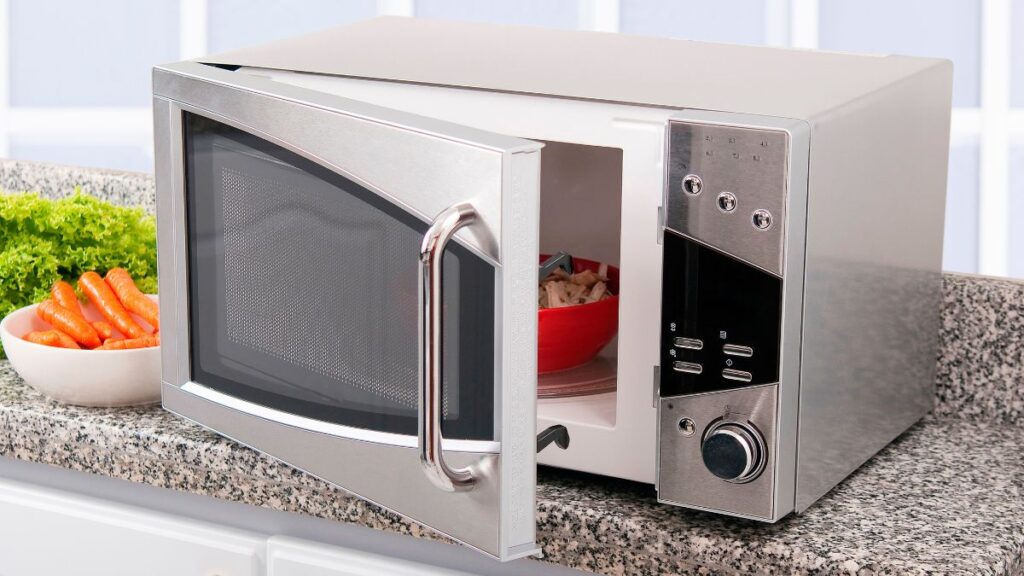
Some people avoid using microwaves because they think it destroys food’s nutrients. However, microwaving preserves nutrients better than many other cooking methods, like boiling. This is because microwaves cook food quickly and use less water, which helps retain vitamins and minerals.
Don’t be afraid to use the microwave—it’s a safe and efficient way to prepare meals. Just make sure you’re using it properly to avoid overcooking.
Adding Oil to Pasta Water Prevents Sticking
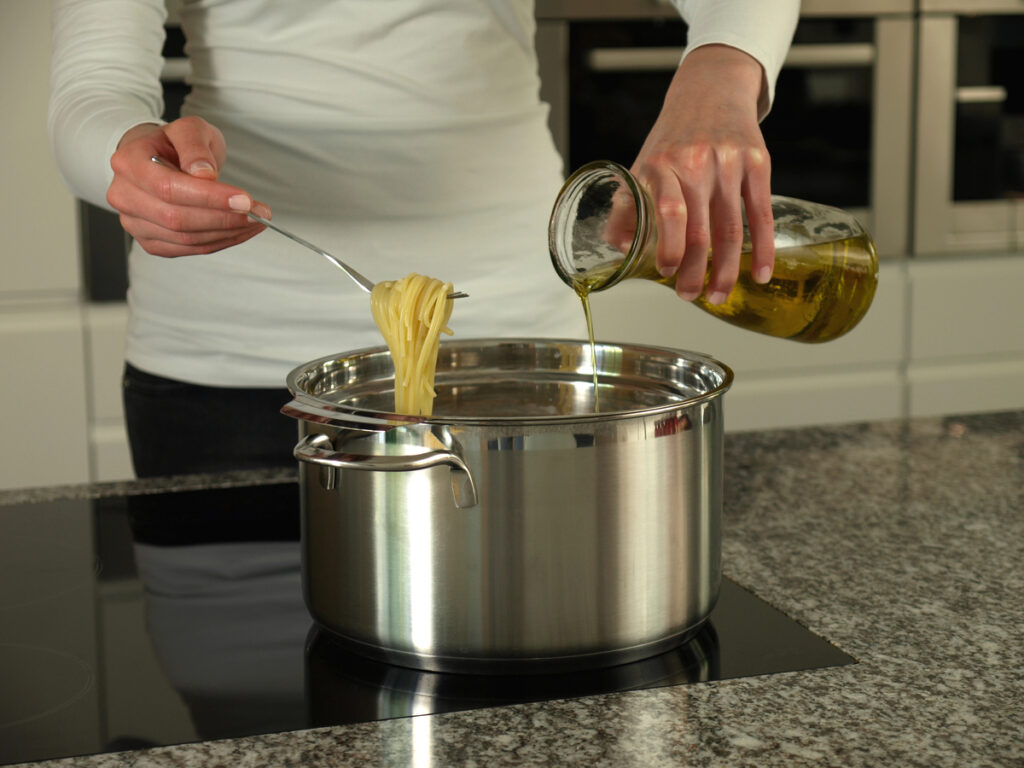
A lot of home cooks add oil to their pasta water, believing it will stop the noodles from sticking together. In reality, the oil just floats on top of the water and doesn’t do much to prevent sticking. What matters is stirring the pasta in the first few minutes of cooking and using plenty of water. Too much oil can coat the noodles, making it harder for the sauce to cling to them. Skip the oil and focus on stirring instead.
Baking Soda Helps Veggies Stay Green
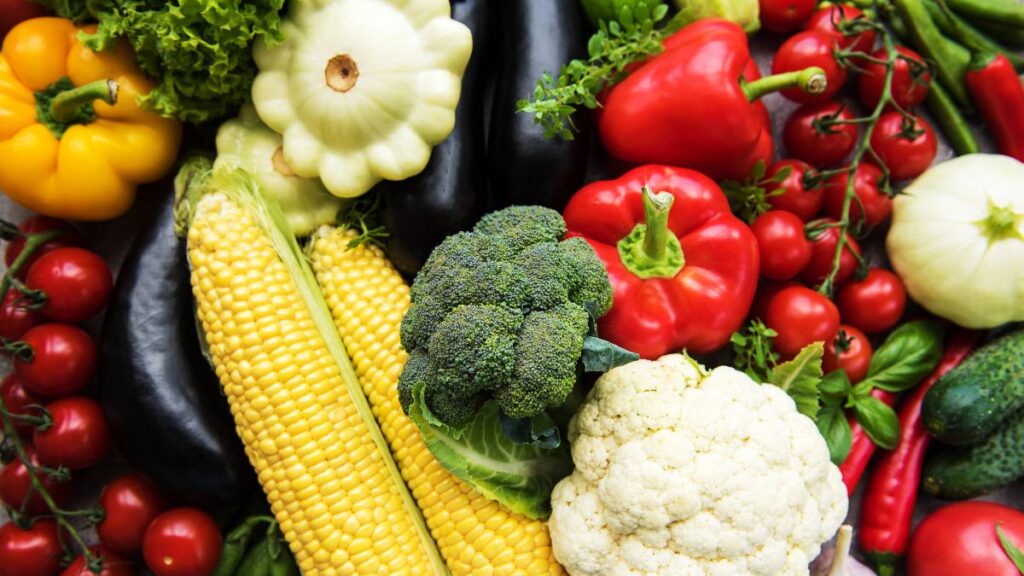
It’s often said that adding baking soda to boiling water will help vegetables keep their bright green color. While this might work in the short term, baking soda can break down the nutrients and make veggies mushy.
The best way to keep vegetables vibrant is to cook them quickly in boiling water and then put them in ice water. This keeps them crisp and preserves their natural color. Baking soda is better left for baking, not boiling vegetables.
Butter Burns Too Easily for Cooking
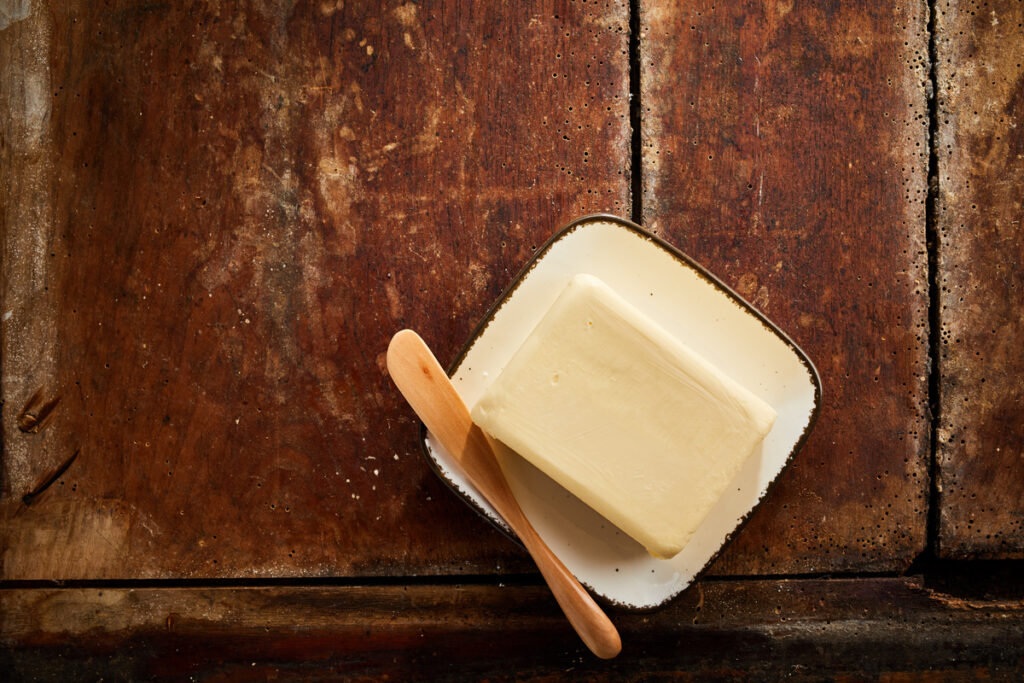
Some cooks avoid using butter for high-heat cooking because they believe it burns too easily. While butter does have a lower smoke point than oils like canola or vegetable oil, it can still be used effectively.
One trick is to mix butter with oil, which raises the smoke point and gives you the best of both worlds. You get the rich flavor of butter with the stability of oil. Don’t be afraid to use butter in your cooking—keep an eye on the heat.
You Need Expensive Equipment to Cook Well
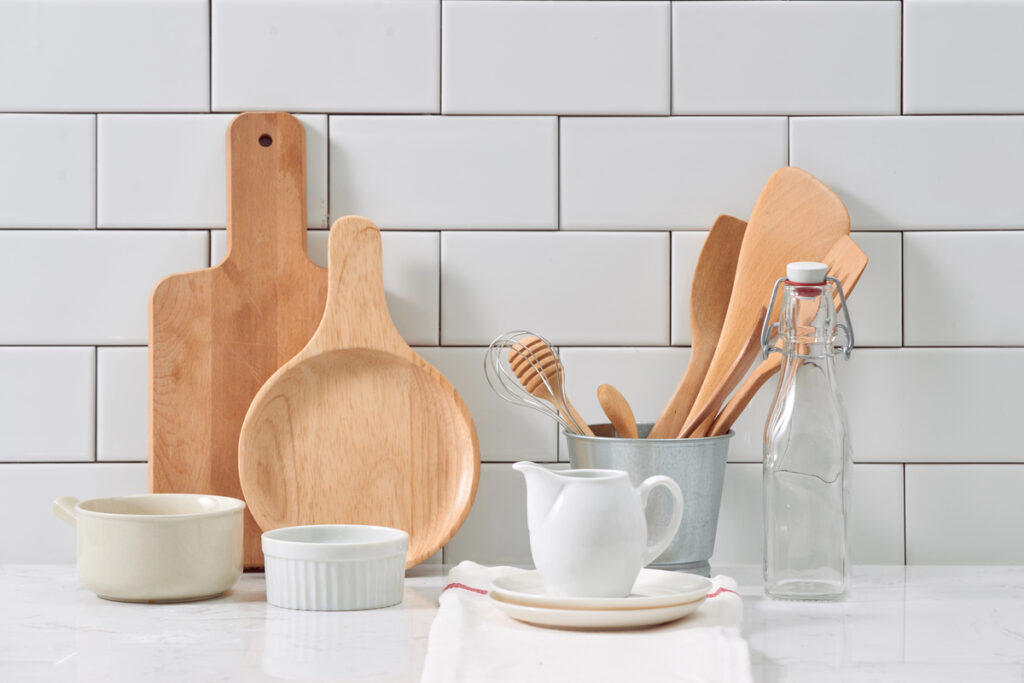
It’s easy to think that you need high-end kitchen gadgets to make great meals, but that’s far from the truth. While good equipment can make cooking easier, skill and technique matter much more.
Many home cooks prepare delicious meals with just a few basic tools like a sharp knife, a cutting board, and a sturdy pan.
Focus on learning the right cooking methods rather than spending a fortune on gadgets. Simple tools can lead to amazing results if you know how to use them!
These myths may have been passed down for generations, but now that you know the truth, you can cook smarter and enjoy better results in the kitchen.
15 Grocery Items to Stock Up On Before Winter Price Hikes

As winter draws near, temperatures rise, as do grocery prices. The colder months often bring higher food costs due to increased demand, supply chain challenges, and seasonal shortages. To avoid the shock of winter price hikes, stock up on certain pantry staples and essential items.
15 Grocery Items to Stock Up On Before Winter Price Hikes
15 Places Where You’re Expected to Tip—But You Really Don’t Have To

Tipping has become a widespread practice in many industries, with the expectation that you’ll leave a little extra for good service. However, not every situation truly warrants a tip, even if you feel pressured to give one.
15 Places Where You’re Expected to Tip—But You Really Don’t Have To

